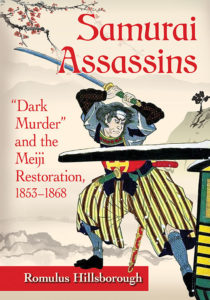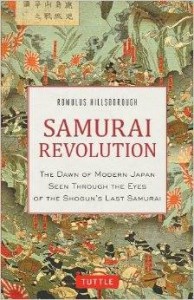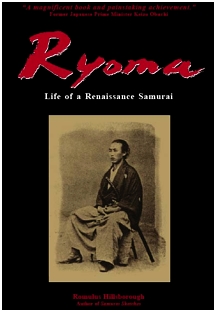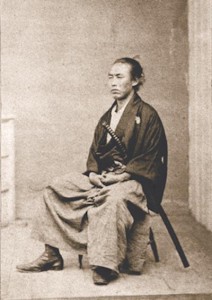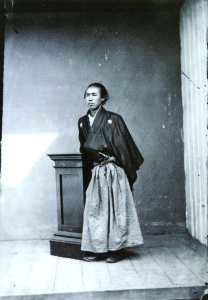
3) Concerned about things bigger than himself: During the last few years of his life, it seems that Sakamoto Ryōma, while clearly realizing that his life was in danger, was concerned about bigger things than just himself. Illustrating this is an excerpt from my new book, Samurai Assassins (without footnotes):
Ryōma had been staying in a secluded room at the house of a purveyor of soy called the Ōmiya, located in Kawaramachi just across the street from Tosa’s Kyōto headquarters. While apparently disregarding the danger to himself, he worried about the lives of his fellow patriots. To protect them, he planned to send as many as possible to Ezo (modern-day Hokkaidō) in the far north of the country to settle and exploit that mineral-rich wilderness and train them in the naval sciences. He was working on the plan with Hayashi Kenzō, a samurai from Hiroshima Han. In a letter to Hayashi …, Ryōma alluded to the great danger facing the nation under the Bakufu and urged his friend to be careful for his life. “Now is the time for us to act. Soon we must decide on our direction, whether it lead to pandemonium or paradise.” Early in the morning five days later, Hayashi, summoned by Ryōma from Ōsaka for “an urgent discussion” at the Ōmiya, encountered the aftermath of that pandemonium. Upon entering the building he saw “bloody footprints here and there”; then “dashing up the stairway to see if Sakamoto was okay,” he found Ryōma’s corpse, “his sword drawn, lying in a pool of blood.”

